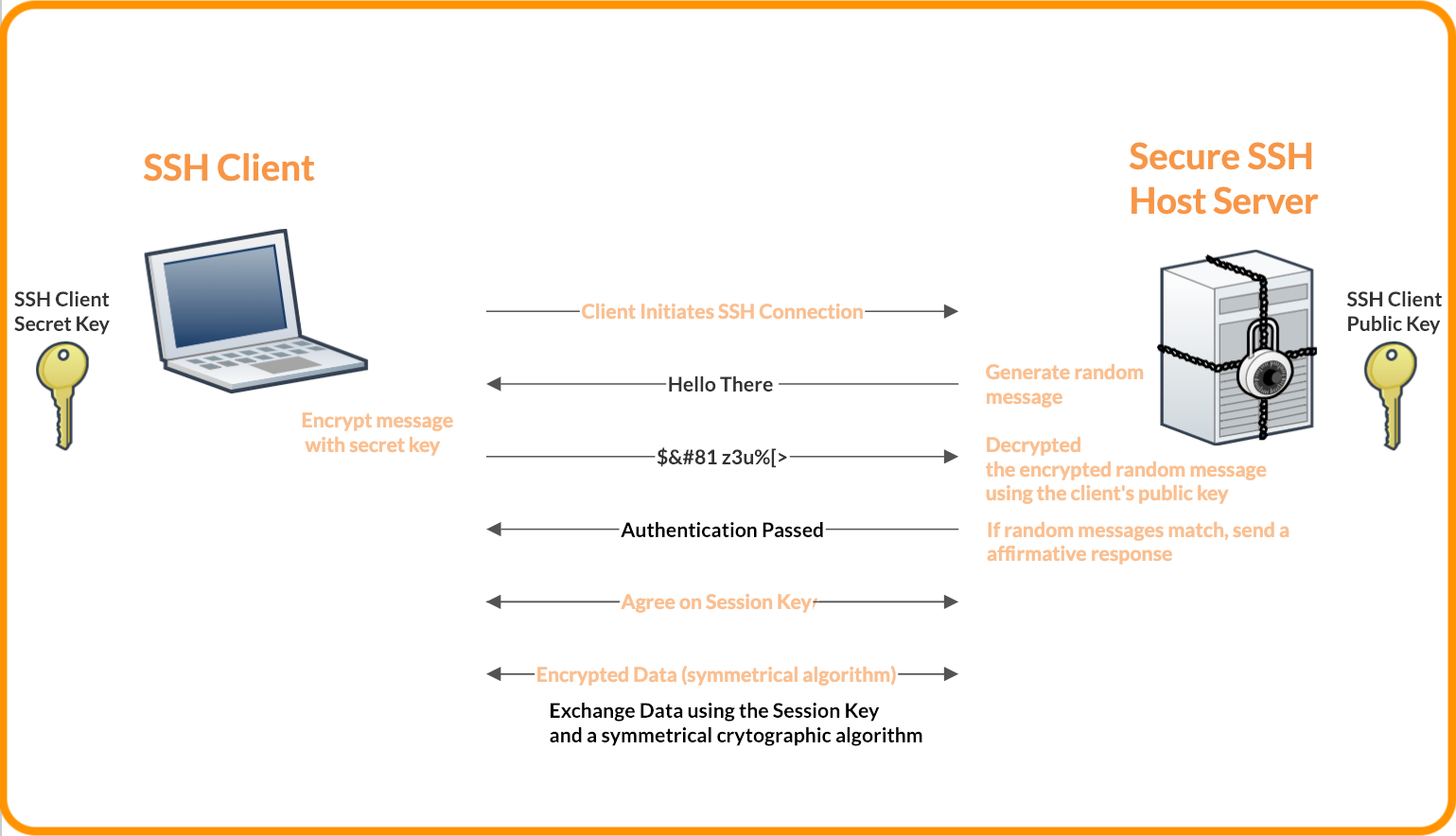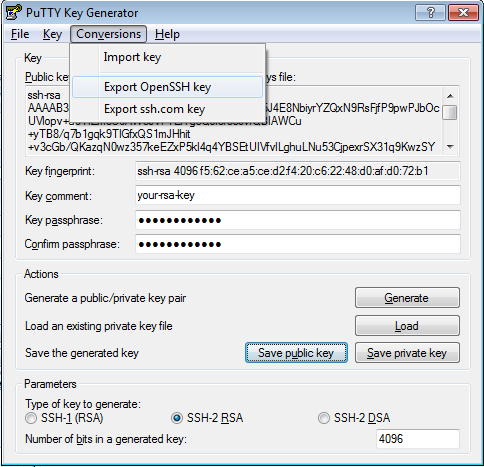
SSH public key authentication remains an option for researchers who submit the "SSH public key authentication to HPS systems" agreement (log into HPC everywhere using your IU username and passphrase), in which you agree to set a passphrase on your private key when you generate your key pair. Two-factor authentication using Two-Step Login (Duo) is required for access to the login nodes on IU research supercomputers, and for SCP and SFTP file transfers to those systems. Therefore, you must either be able to log into the remote system with an established account username and password/passphrase, or have an administrator on the remote system add the public key to the ~/.ssh/authorized_keys file in your account.

If the remote system is using a different version of SSH (for example, Tectia SSH), the process outlined below may not be correct.

The information in this document assumes the remote system uses OpenSSH. The remote system must have a version of SSH installed.Conceivably, you can share the public key with anyone without compromising the private key you store it on the remote system in a. You keep the private key a secret and store it on the computer you use to connect to the remote system. SSH public key authentication relies on asymmetric cryptographic algorithms that generate a pair of separate keys (a key pair), one "private" and the other "public".
Openssh ssh keygen password#
Using SSH public key authentication to connect to a remote system is a robust, more secure alternative to logging in with an account password or passphrase.
Openssh ssh keygen upgrade#
When you upgrade to a new PC you need to move those keys with your other files or risk losing access to your servers and accounts, at least temporarily.

Just remember that the more keys you have, the more keys you have to manage. You can do that as many times as you like. You’d follow the same process as above, but when it came time to save your key you’d just give it a different name such as “id_rsa_github” or something similar.

Say, for example, you wanted to use the default keys we just generated for a server you have on Digital Ocean, and you wanted to create another set of keys for GitHub. If you wanted to create multiple keys for different sites that’s easy too.
Openssh ssh keygen how to#
Note: If you can’t see your “.ssh” folder in File Explorer, check out our tutorial on how to show hidden files and folders in Windows.


 0 kommentar(er)
0 kommentar(er)
